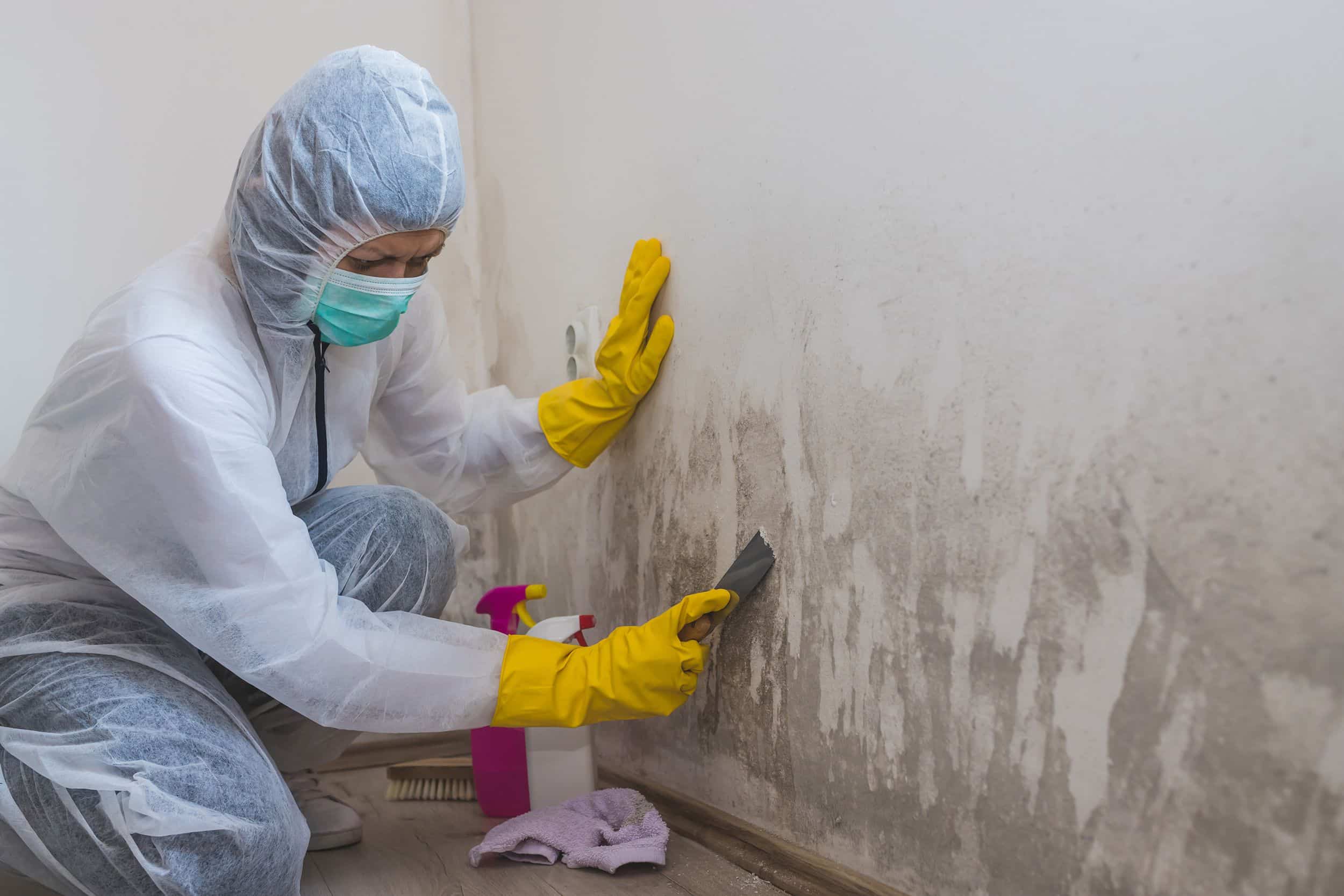Your Ultimate Guide to Post Mold And Mildew Remediation Techniques
In the consequences of mold and mildew infestation, understanding just how to effectively remove the mold and mildew and prevent its reoccurrence is critical for keeping a healthy and balanced interior atmosphere. From choosing the right cleaning and sanitizing techniques to applying strategies for long-lasting mold and mildew avoidance, each action in the remediation journey plays a critical role in making sure an effective end result.
Understanding Post-Mold Remediation Process
After completing the mold and mildew removal procedure, it is critical to recognize the post-mold removal strategies that are essential to ensure a extensive and efficient clean-up. When the mold has been eliminated, the following step involves cleaning and disinfecting the affected locations to stop any kind of regrowth of mold. This includes making use of specialized cleaning up agents to clean down surface areas and kill any kind of staying mold spores. It is necessary to dry out the location completely to discourage the development of mold in the future (what to do after mold remediation). Appropriate ventilation and dehumidification can help in this process.
Moreover, carrying out a final evaluation post-remediation is vital to ensure that all mold and mildew has actually been effectively removed. If the assessment reveals any sticking around mold and mildew, extra remediation might be needed.
Efficient Cleaning and Decontaminating Approaches

Stopping Future Mold Growth

Significance of Proper Air Flow
Proper air flow plays a crucial duty in stopping dampness accumulation, a key consider mold growth within interior settings. Effective air flow systems help eliminate excess humidity from the air, minimizing the chances of mold spores locating the moisture they need to sprout and spread. Without appropriate air flow, indoor areas can come to be a breeding ground for mold and mildew, bring about prospective wellness threats and structural damage.
By making certain proper air flow, air flow systems can additionally help in drying out moist locations more swiftly after water damages or flooding mold removal on couch incidents, even more preventing mold and mildew development. Post Mold Remediation Report. Precede like washrooms, attics, cellars, and cooking areas where moisture degrees often tend to be greater, mounting and keeping efficient air flow systems is important in stopping mold and mildew invasions

Surveillance and Maintenance Tips
Given the essential function that proper air flow plays in preventing mold and mildew growth, it is imperative to develop effective tracking and maintenance ideas to ensure the ongoing functionality of air flow systems. Regular examinations of ventilation systems must be performed to check for any kind of signs of obstructions, leaks, or malfunctions that can hinder correct airflow. Tracking moisture levels within the property is likewise critical, as high humidity can add to mold and mildew growth. Setting up a hygrometer can aid track moisture levels and alert home owners to any spikes that may need focus. Additionally, making sure that air filters are regularly cleaned or changed is crucial for keeping the performance of the air flow system. Implementing a routine for routine upkeep jobs, such as air duct cleansing and heating and cooling system assessments, can assist protect against concerns before they escalate. By staying positive and alert to the problem of air flow systems, residential or commercial property owners can successfully reduce the danger of mold regrowth and preserve a healthy indoor setting.
Verdict
In verdict, post-mold remediation strategies are necessary for making sure a risk-free and clean setting. Comprehending the procedure, carrying out effective cleansing and sanitizing approaches, stopping future mold development, maintaining appropriate ventilation, and routine monitoring are all critical steps in the removal process. By adhering to these guidelines, you can efficiently eliminate mold and mildew and prevent its return, working or advertising a healthy living area for all occupants.
In the after-effects of mold and mildew invasion, recognizing how to successfully eradicate the mold and stop its reoccurrence is paramount for preserving a healthy and balanced indoor atmosphere. As soon as the mold has been eliminated, the following action includes cleansing and decontaminating the affected areas to stop any kind of regrowth of mold and mildew - what to do after mold remediation. After removing visible mold growth, it is crucial to clean all surface areas in the afflicted area to get rid of any staying mold and mildew spores. To better boost mold and mildew avoidance measures, it is important to deal with underlying problems that at first led to mold advancement.Provided the vital function more helpful hints that appropriate ventilation plays in stopping mold growth, it is crucial to develop efficient tracking and maintenance suggestions to ensure the continued capability of air flow systems